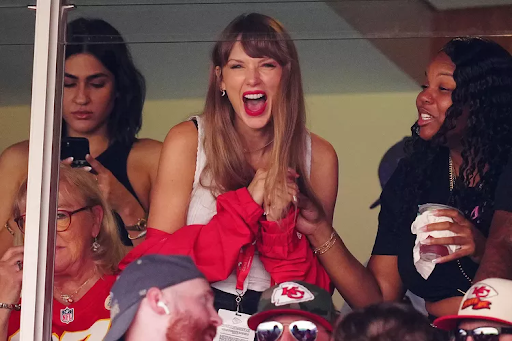D1 College Athletes: Do They Deserve To Be Paid?
March Madness has come and gone. With almost 20 million viewers tuning in every night to watch the exciting games, March Madness has quickly become one of the most lucrative sporting events in the world today.
March Madness has eclipsed over $1 billion in TV ad revenue for the past four years. Alone it has made over $7.5 billion in revenue since 2005. The NFL playoffs on average make around $950 million annually while the MLB, NHL, and NBA playoffs make a combined average of $925 million annually.
Think about that for a second. There are athletes who are playing in a tournament that makes more money than most professional leagues’ playoffs.
The same can be said for College Football.
This year the NCAA introduced a new playoff system that had four teams compete to be crowned the National Champions or “The true #1 in College Football.”
Sports broadcasting power house ESPN picked up the telecast rights for a total of $7.3 billion dollars. The NCAA then distributes that money to each of the five major conferences, the Southeastern, the Atlantic Coast, the Pacific-12, the Big 12 and the Big Ten. This jacks up each of the conferences’ total base revenue from $28 million, which was the total revenue from the previous Bowl system, to around $50 million, which is then distributed to the teams within each conference.
However, the players don’t see a single dime of that money as it is against NCAA policy for student athletes to be compensated for their effort and commitment. NCAA President Mark Emmert says, “They are student-athletes. They are not our employees; they don’t work for us.” Emmert later states that if players were to be compensated like professionals then “many schools would leave Division I sports” and that “the universities that stayed in Division I sports would have to start cutting other, less popular sports to be able to afford the salaries.”
Saying that some universities will be forced to either move out of D1 or cut lesser sports programs due to lack of funds because of the players’ salaries is a ridiculous assumption. Most college football teams are valued north of $50 million and generate a total profit of $40 million. That’s before the entire playoff system even began. Plus along with the profit a D1 college basketball team generates for its school, D1 athletic programs should have no problem with maintaining the players’ salaries while keeping all of its sports teams.
Compensating college athletes is a touchy subject because, for one thing, they are students; where it gets complicated is the fact that they are competing in events that gain as much attention and make as much money as the Super Bowl, yet they get nothing for their efforts besides a trophy and an excellent education, which isn’t saying much because student athletes, at this level, eat, sleep, and breath their respective sports year round.
http://www.forbes.com/pictures/emdm45el/college-footballs-most-valuable-teams-3/
http://businessofcollegesports.com/2013/03/27/where-does-all-the-ncaa-tournament-money-go/
http://www.cnn.com/2014/06/19/us/ncaa-obannon-lawsuit-trial/











